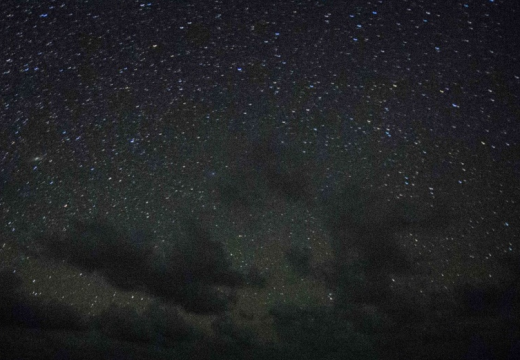A fireball streaked across the night skies over Bucks County on Friday and caught the eyes of residents.
According to submissions to the American Meteor Society (AMS) and reports from two readers, the fireball was visible to the north between 9:35 p.m. and 9:45 p.m.
The AMS confirmed receiving 76 reports of the fireball from Connecticut, Massachusetts, Maine, New Jersey, New York, New Hampshire, Pennsylvania, and Ontario, Canada.
NASA Meteor Watch provided additional details, stating: “An analysis of these accounts, constrained by a few publicly accessible videos, shows that the fireball appeared at an altitude of 54 miles above the town of Arnoldville in northwestern Massachusetts. Moving northwest at 55,000 miles per hour, the meteor passed over the tristate intersection into New York, where it disintegrated 35 miles above Schuylerville after having traveled 46 miles through the upper atmosphere.”
The fireball was not associated with the Southern delta Aquariid or Perseid meteor showers, which are currently active, according to NASA.
“This was the most fascinating fireball I have ever seen!” one viewer in upstate New York wrote in their report.
“What an amazing experience,” wrote a woman near New York City.
“This was completely unexpected as I was walking down the street and happened to see it as I looked up. It’s unlike any sky phenomenon I have ever seen before and I was absolutely blown away and had to figure out where to report it,” said a man in Cambridge, Massachusetts.
The Friday night fireball comes just days after another meteor burned up over New York and drew attention for its visibility during the late morning hours.
NASA provided information on the difference in terminology between meteoroids, meteors, and meteorites.
Meteoroids: These are rocks that remain in space, ranging in size from dust grains to small asteroids.
Meteors: When meteoroids enter Earth’s atmosphere at high speed and burn up, they create the bright streaks known as meteors or “shooting stars.”
Meteorites: If a meteoroid survives its passage through the atmosphere and hits the ground, it is termed a meteorite.









